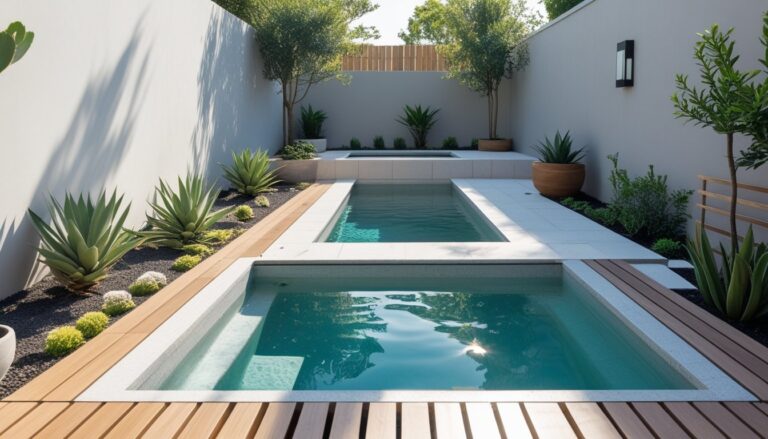Outdoor Home for Cat: The Ultimate Guide to Cozy & Safe Shelters
If you’ve ever found your kitty curled up in a cardboard box outside, you already know—cats LOVE their little hideouts. But when it comes to outdoor living, a proper outdoor home for a cat isn’t just a luxury—it’s a necessity. Whether your furry friend is an outdoor explorer or you care for community cats in your neighborhood, having a safe spot for them to rest makes a huge difference.
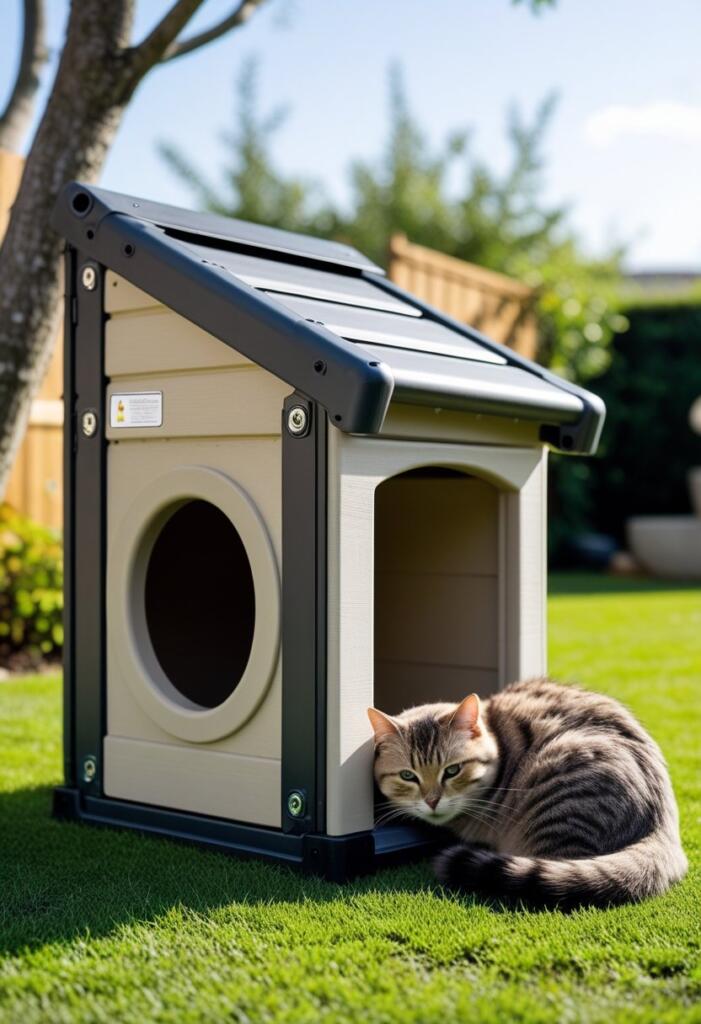
I’ll be real with you—I once DIY’d an “outdoor cat house” from an old storage bin . It worked for a season, but eventually, I realized cats need more than just a box with a hole. They deserve something weatherproof, insulated, and comfy. If you’ve been wondering what type of shelter works best or how to set one up, stick around because this guide will break it all down for you.
Why Do Cats Need an Outdoor Home?
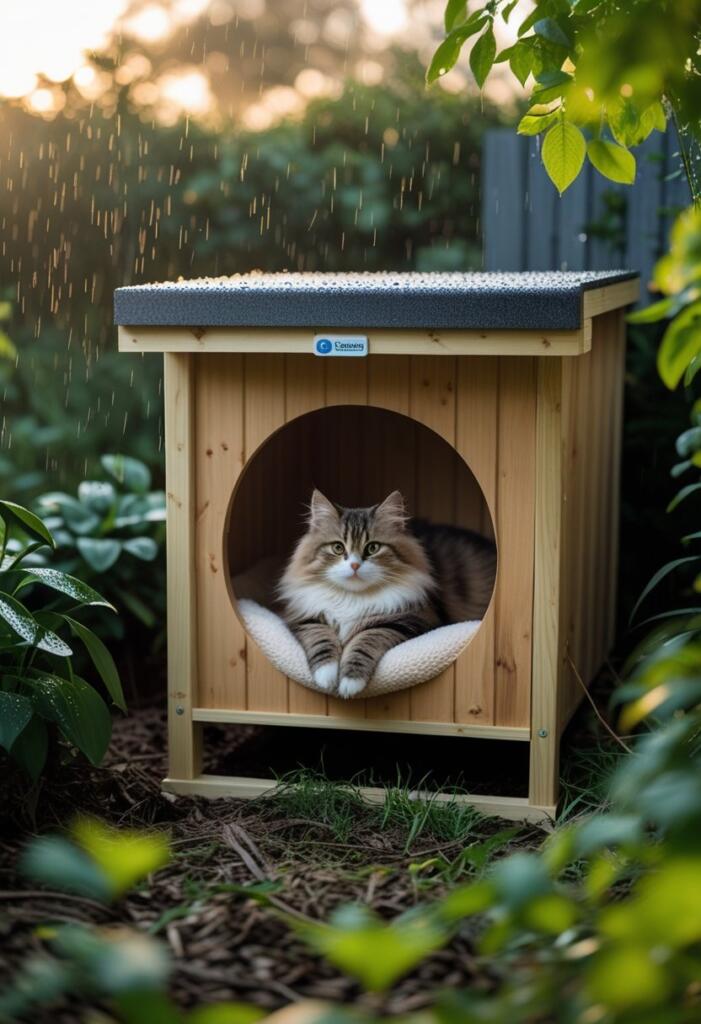
Before diving into designs, let’s answer the big question—why does your cat (or the neighborhood kitty crew) need a dedicated outdoor shelter?
- Protection from the elements: Rain, snow, heat, and wind can be brutal for cats.
- Safety from predators: A weatherproof cat shelter offers hiding space away from larger animals.
- Warmth in winter: An insulated outdoor cat home helps them retain body heat.
- Stress-free lounging: Cats feel secure when they have their own territory.
Think of it as their little “studio apartment”—compact, cozy, and private.
Types of Outdoor Cat Homes
When shopping (or DIY-ing), you’ll come across a variety of options. Here’s a breakdown to make your decision easier.
1. Outdoor Cat House (Basic but Functional)
A simple, sturdy shelter that provides basic protection. Great for mild climates.
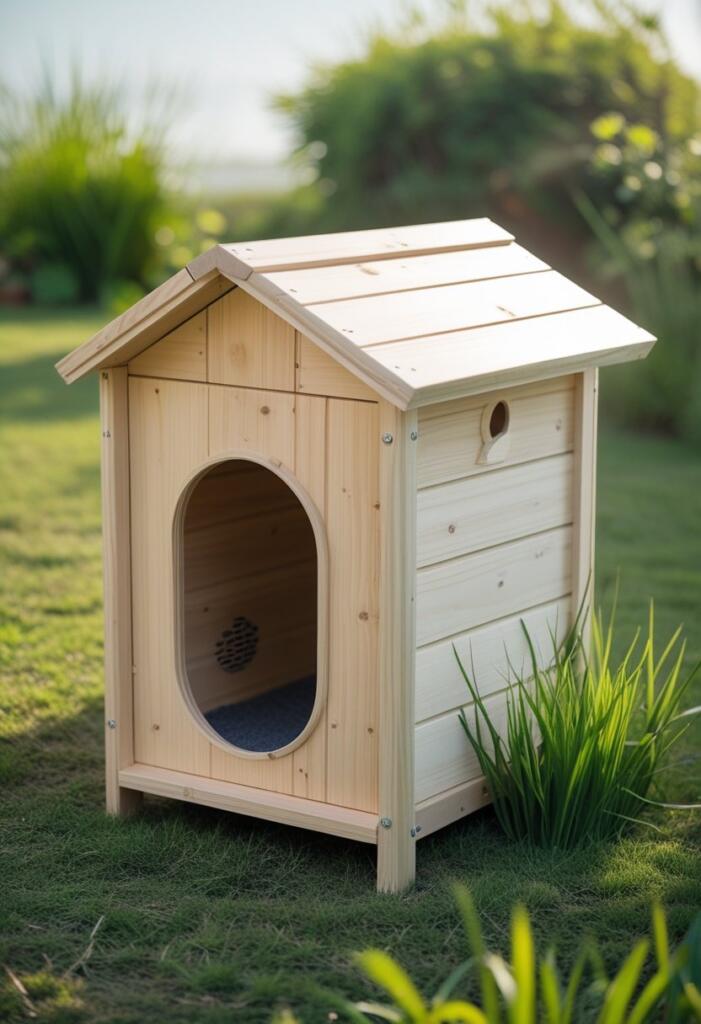
Pros:
- Affordable and easy to set up
- Compact size makes cats feel safe
- Available in wood, plastic, or even fabric
Cons:
- Not the best for extreme weather
- May need upgrades like extra insulation
2. Weatherproof Cat Shelter (Best for Harsh Conditions)
These shelters are designed to withstand rain, snow, and strong winds.
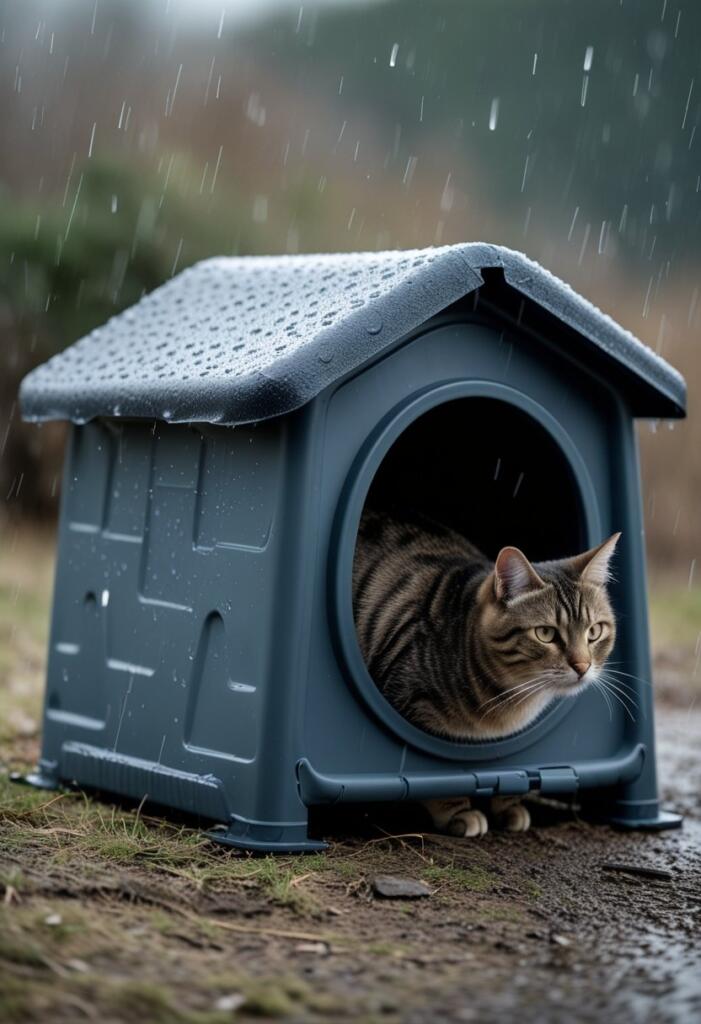
Pros:
- Durable and long-lasting
- Keeps moisture out
- Perfect for year-round outdoor cats
Cons:
- Can be pricier than basic cat houses
- Heavy to move around
3. Insulated Outdoor Cat Home (The Premium Choice)
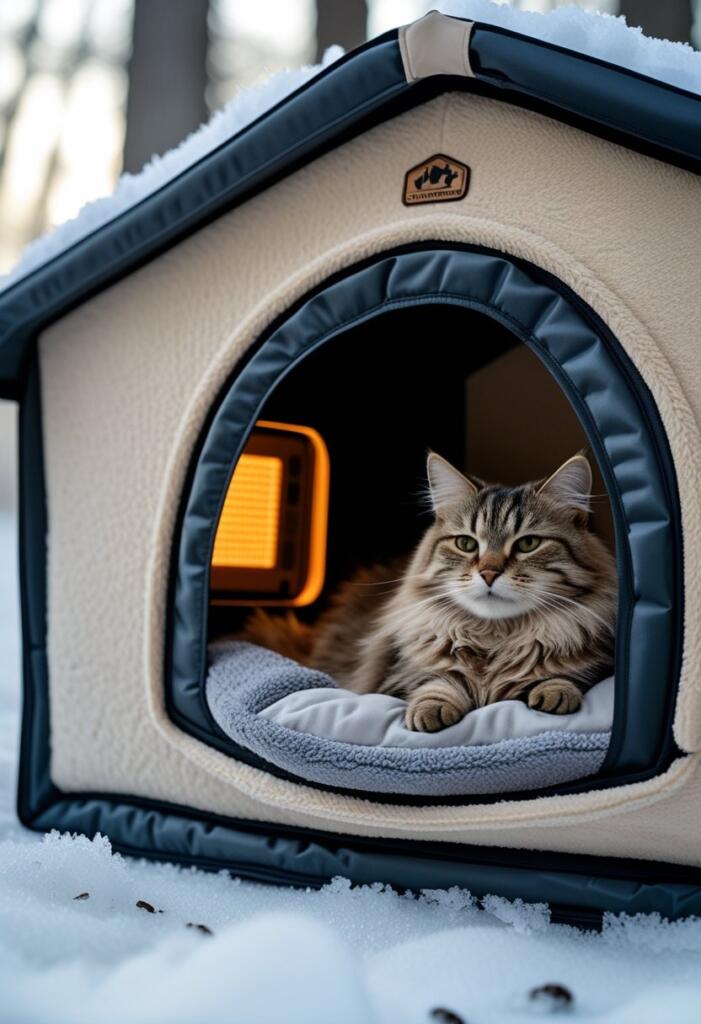
This type is ideal for colder climates. Insulation traps heat and ensures cats stay warm even when temps drop.
Pros:
- Maximum comfort in winter
- Retains warmth efficiently
- Works well with heating pads
Cons:
- Usually more expensive
- May require maintenance over time
Key Features to Look For
Not all cat homes are created equal. Here’s what you should check before buying (or building):
- Size & Space
- Big enough for your cat (or two), but not oversized—cats like cozy spots.
- Pro tip: one entrance is enough, but some shelters come with two for escape routes.
- Material
- Plastic: Easy to clean, lightweight, but less warm.
- Wood: Sturdy and attractive, but may need weatherproofing.
- Insulated panels: Perfect for winter.
- Weatherproofing
- Raised floor to prevent water entry
- Sloped or overhanging roof to drain rain
- Seal gaps to stop cold drafts
- Insulation & Warmth
- Straw bedding (NOT hay—it molds!)
- Mylar blankets for self-heating
- Optional heating pads for extreme cold
- Easy to Clean
- Removable roof or side panels make it much easier.
DIY vs Store-Bought Cat Homes
So, should you buy one or make your own? Let’s compare.
DIY Outdoor Cat House
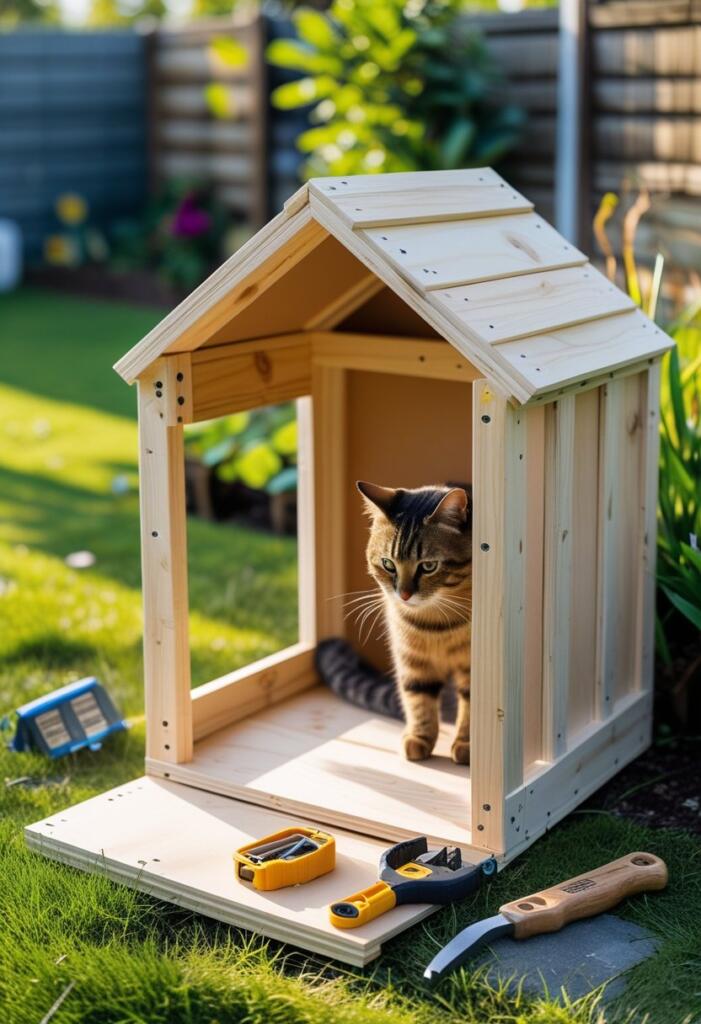
Pros:
- Budget-friendly
- Customizable to your space
- Fun weekend project
Cons:
- May not be as durable as store-bought
- Requires tools & skills
- Less insulation unless upgraded
Store-Bought Outdoor Cat Home
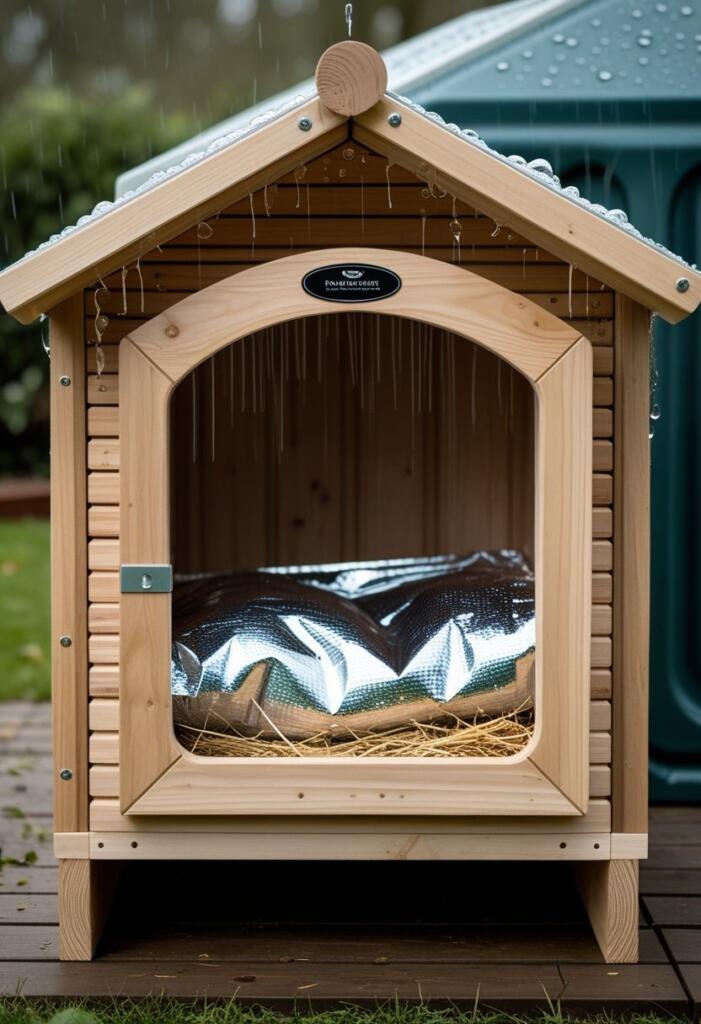
Pros:
- Professionally designed for durability
- Weatherproof & insulated models available
- Quick setup
Cons:
- Higher cost
- Less flexibility in size/design
IMO, if you’re handy with tools, DIY is a great option. But if you want quick peace of mind, go for a pre-made outdoor cat house.
Best Placement for an Outdoor Cat Shelter
Where you place the shelter matters a lot.
- Avoid open spaces: Cats prefer privacy, so tuck it near bushes or fences.
- Elevate it: Keeps water out and warmth in.
- Face away from wind: Point the entrance south or east.
- Shade in summer: Keeps it cool when temps rise.
Tips for Keeping Outdoor Cats Warm
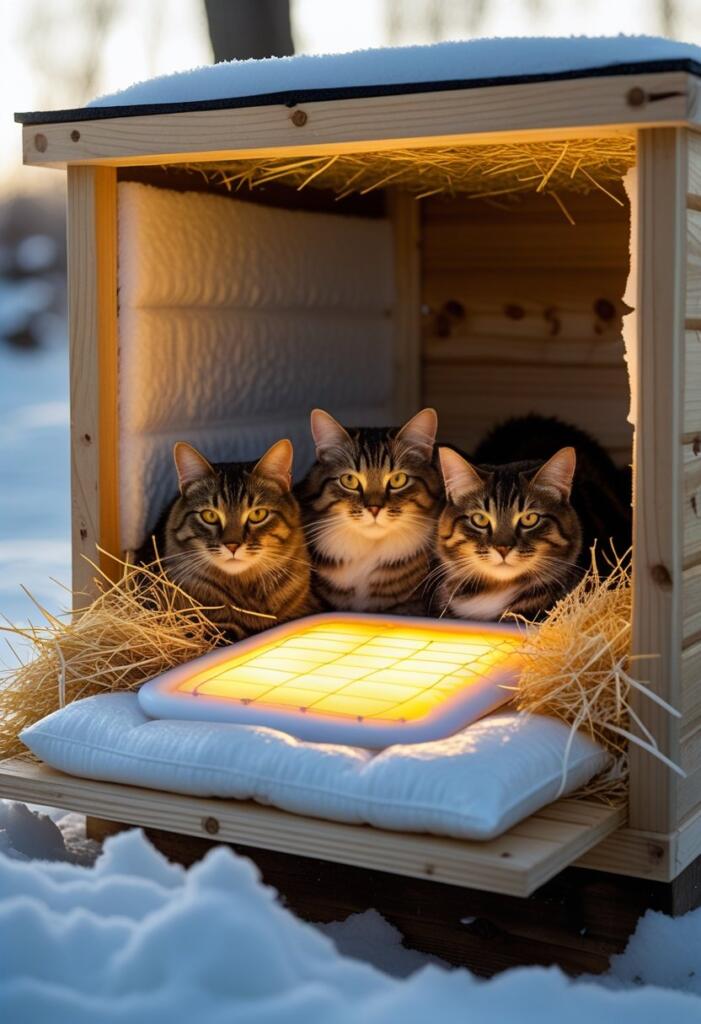
If winter gets harsh where you live, here are some tips:
- Use straw bedding (not blankets—they hold moisture).
- Line walls with insulation foam.
- Add a self-heating pad or electric heating pad (safe for pets).
- Keep multiple cats together—they generate body heat!
Caring for Community & Feral Cats
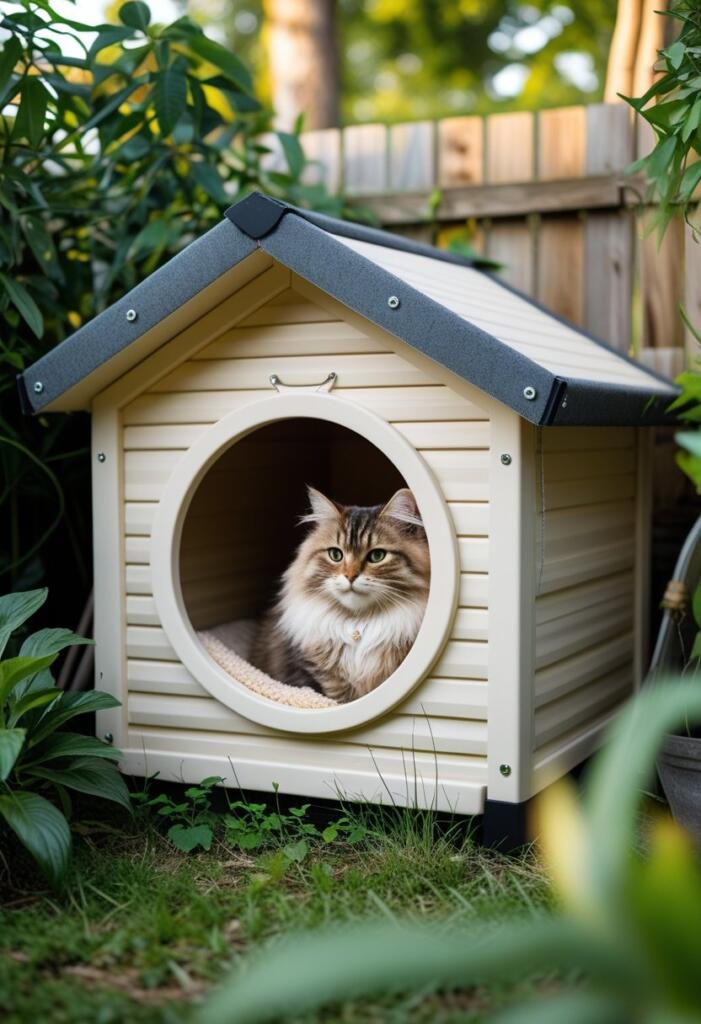
Not all cats have a home, but providing a shelter can be life-saving for ferals and strays.
- Place food and water near (but not inside) the shelter.
- Use heated water bowls in freezing weather.
- Keep shelters discreet to avoid drawing predators.
- Clean shelters regularly to prevent disease.
Common Mistakes to Avoid
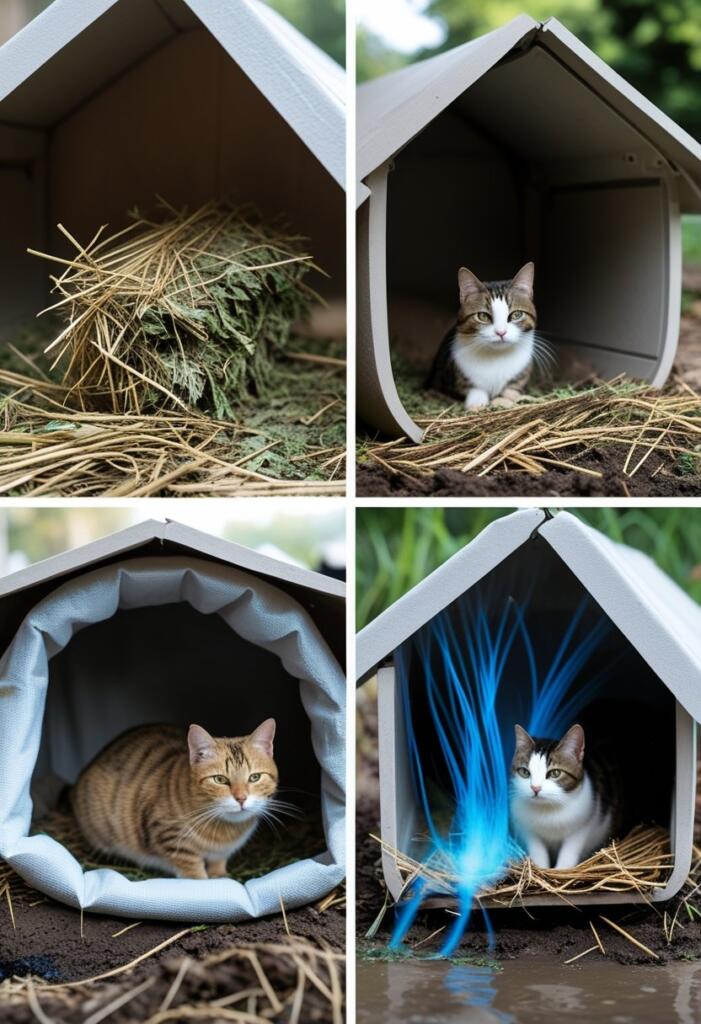
- Using hay instead of straw (hay gets damp and molds).
- Over-insulating (cats still need ventilation).
- Placing it directly on the ground (invites pests and moisture).
- Making the entrance too big (cold drafts sneak in).
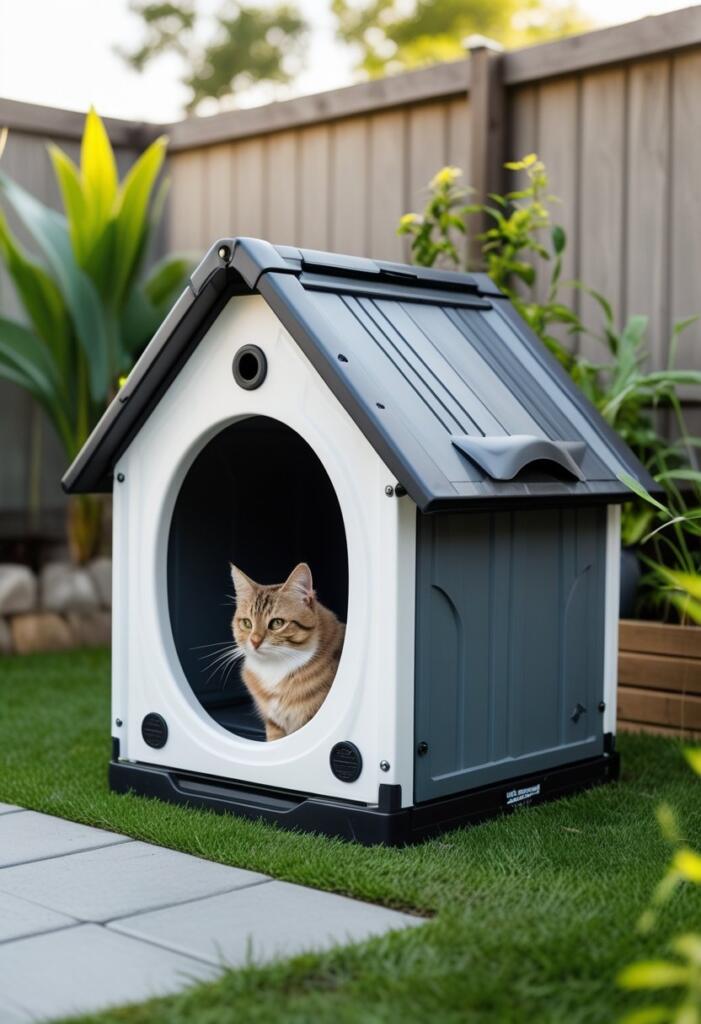
Building or buying an outdoor home for your cat is one of the kindest things you can do for your furry friend (or the community cats you care for). Whether you choose a basic outdoor cat house, a weatherproof cat shelter, or an insulated outdoor cat home, the main goal is comfort, safety, and protection from the elements.
So, are you ready to give your kitty a new “tiny home”? Trust me—they’ll thank you with extra purrs and snuggles.
FAQs
1. What is the best material for an outdoor cat house?
The best materials are weatherproof wood, heavy-duty plastic, or insulated panels. These help keep the cat house durable and cozy in different seasons.
2. How can I keep an outdoor cat home warm in winter?
You can add insulation, straw bedding, and weatherproof covers. Heated pads or self-warming blankets are also great options for extra comfort.
3. Do outdoor cat houses need to be elevated?
Yes! Elevating an outdoor cat house a few inches off the ground prevents water damage, keeps it warmer, and helps protect your cat from pests.




